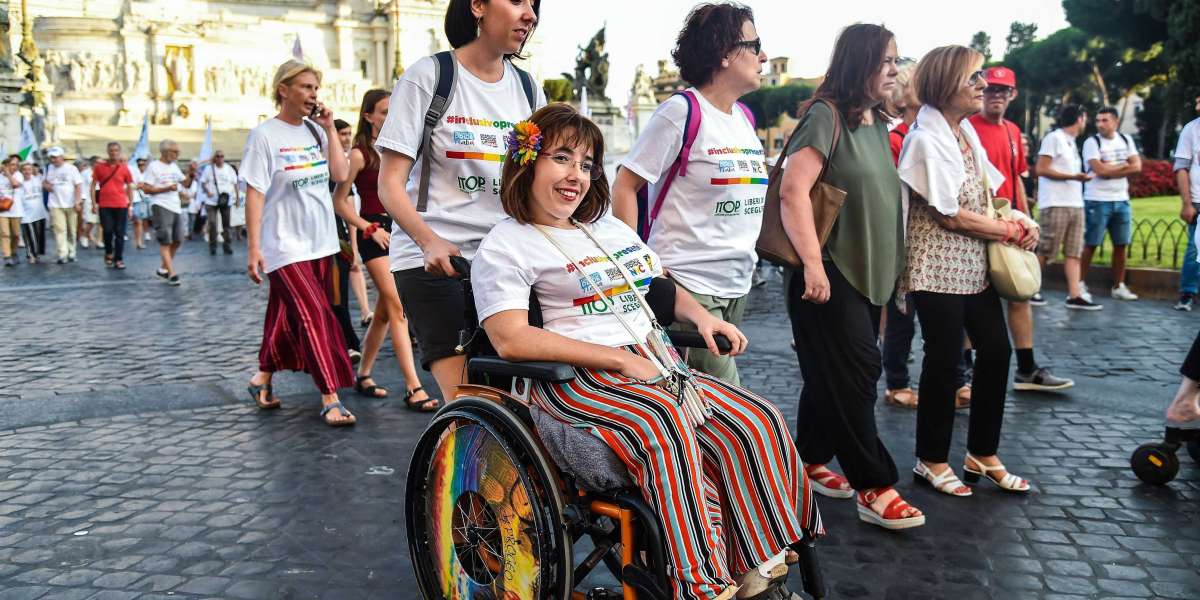Pity and Overprotectiveness
People with disabilities are sometimes viewed as helpless or dependent https://www.vice.com/en/article/the-difficulties-of-dating-with-a-disability/ . This can lead to overprotective behavior, where individuals with disabilities are treated as though they are incapable of autonomy. This attitude can also manifest in pity, with people expressing excessive sympathy instead of offering practical support or inclusion.
2. Underestimation of Abilities
There is often an assumption that people with disabilities are less capable or cannot contribute meaningfully to society, whether in terms of work, education, or social life. This underestimation can result in limited opportunities for employment, education, or involvement in community activities, reinforcing feelings of isolation.
3. Social Exclusion
Individuals with disabilities may face social exclusion, both in personal relationships and in broader social activities. In many cases, people may avoid interacting with them out of discomfort or uncertainty about how to communicate, exacerbating their sense of isolation. In public spaces, infrastructure might not be fully accessible, which further limits participation.
4. Stigma and Discrimination
In some Slavic countries, disabilities can be stigmatized, with people viewing them as something to hide or be ashamed of. This can be rooted in older cultural beliefs, where disabilities were often misunderstood or linked to superstitions. As a result, people with disabilities can face direct discrimination, being seen as "lesser" or unworthy of equal treatment.
5. Charitable Approach, Not Inclusion
Often, people with disabilities are seen as charity cases rather than as individuals with rights and autonomy. This leads to a mindset where helping is seen as enough, without addressing the broader need for systemic changes, such as better accessibility, policy reforms, and the promotion of inclusive environments in workplaces and schools.
Though the situation has improved in some areas, with better legal protections and awareness campaigns, many of these stereotypical behaviors persist. They are often amplified by a lack of education and awareness about disabilities, as well as insufficient government support for disability rights and inclusion programs.
Addressing these stereotypes requires both grassroots efforts and institutional change, with a focus on promoting understanding, empathy, and inclusion across all aspects of life.







